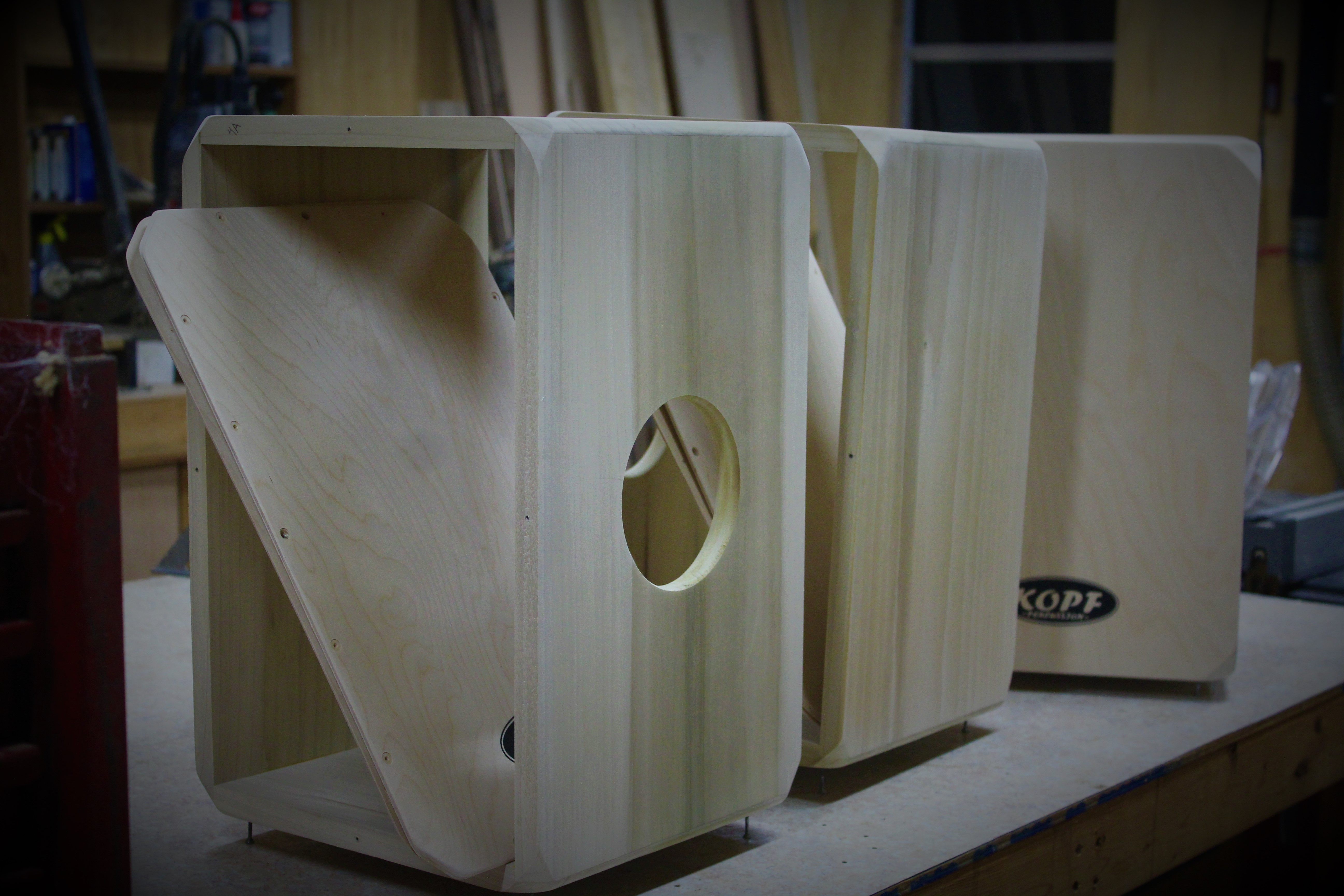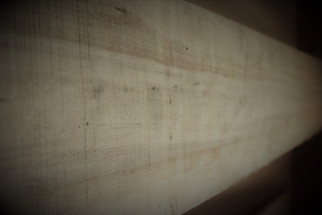Posted by Steve Head on 1st Apr 2023
The Principles To Follow Selecting Wood for making drums
Selecting wood for musical drums is a critical part of the drum-making process. The choice of wood can have a significant impact on the drum's tone, resonance, and overall sound.
 The process of selecting wood begins with the drum maker determining the specific characteristics they want the drum to have. For example, a snare drum maker may want a bright, snappy sound, while a bass drum maker may want a deep, resonant tone. The specific tonal qualities desired will determine the type of wood that is selected.
The process of selecting wood begins with the drum maker determining the specific characteristics they want the drum to have. For example, a snare drum maker may want a bright, snappy sound, while a bass drum maker may want a deep, resonant tone. The specific tonal qualities desired will determine the type of wood that is selected.
There are many different types of woods available for drum making, each with its own unique characteristics. Some common woods for drums include maple, birch, mahogany, and oak.
Maple is a popular wood for drums due to its warmth, clarity, and versatility. It is often used for snare drums, toms, and kick drums. Maple is a dense, hard wood that provides excellent resonance and projection, making it ideal for drums.
Birch is another popular wood for drums, known for its bright and punchy sound. It is often used for snare drums and toms, as it provides a tight, focused sound that cuts through the mix.
Mahogany is a warm and rich wood that is often used for drum shells. It provides a deep and resonant tone that is ideal for kick drums and floor toms. Mahogany is also highly durable and resistant to cracking, making it a popular choice for drum makers.
Oak is a dense and heavy wood that is often used for kick drums. It provides a powerful and deep sound, with plenty of attack and sustain. Oak is highly durable and can withstand heavy playing, making it a great choice for drummers who play loud and aggressive styles of music.
In addition to these commonly used woods, there are many other types of woods that can be used for drums. For example, cherry is a warm and rich wood that is often used for drum shells, providing a deep and mellow tone. Walnut is a dense and heavy wood that provides a warm and rich sound, ideal for snare drums and toms.
Selecting the right wood for a drum can be a complex process, as there are many different factors to consider. In addition to tonal qualities, the drum maker must consider factors such as weight, density, and durability. They must also consider the availability and cost of the wood.
One important factor to consider when selecting wood is the age and quality of the wood. Older, well-seasoned wood is often preferred for its stability and resonance. However, older wood can also be more expensive and difficult to find.
Another important factor to consider is sustainability. Many woods used in drum making come from rare or endangered tree species. Drum makers must be careful to source their wood from sustainable and responsible sources to ensure that they are not contributing to deforestation or the destruction of important ecosystems.
In conclusion, selecting wood for musical drums is an essential part of the drum-making process. wood can have a significant impact on the drum's tone, resonance, and overall sound. There are many different types of woods available, each with its own unique characteristics. Drum makers must carefully consider the tonal qualities, weight, density, durability, and sustainability of the wood when selecting wood for their drums. With careful consideration and attention to detail, drum makers can create drums with beautiful, rich tones that will be cherished by drummers for years to come.
As an Amazon Associate, I earn from qualifying purchases. This means that if you click on the link and make a purchase, I may receive a small commission at no extra cost to you. This helps support my work in providing quality content. Thank you for your support!
Please check out my blog post:


